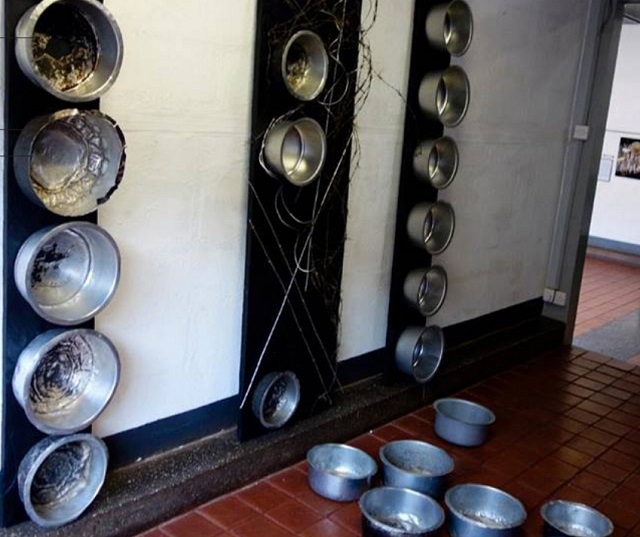
Dr. Kirumira opens up conversation on the subject of womanhood in traditional social settings
Kampala, Uganda | DOMINIC MUWANGUZI | A home is traditionally a multifaceted environment where a lot happens. In traditional African society, a home was a space where knowledge was passed on from one generation to the next.
Through the practice of different social activities within the home-setting, parents taught vital life skills to their off springs, therefore exposing the younger generation to particular responsibilities depending on their gender from an early stage.
The board game also known as Omweso in Buganda is a classic example of how society was segmented and stratified starting from the family unit. As such, women and children were forbidden from playing the game. It was a game preserved for the men of the household who used its platform to discuss wide-raging marital issues in the home, but also underscore the traditional perception of men as superior and authoritative in a home.
The installation Entamu, Esefuliya, Essepiki 2018 by Dr. Rose Kirumira is therefore a gendered installation, composed of aluminum sauce-pans arranged by the artist in a format that evokes the Omweso game.
The saucepans like board game are traditionally familiar utilitarian objects in the home. They are used to cook food and collect water which is also essential in the day to life of the residents.
Dr. Rose Kirumira’s idea of the installation is inspired by her personal experience and immediate surroundings- a critical tenet in contemporary art.
Kirumira grew up in a traditional Buganda household where the Omweso was played and therefore the divide between women and men was clearly marked. “..as a young girl, I watched my mother play the game of Omweso with the pots, preparing the meals of the family and as a young woman learnt how this game is played and as an experienced mother have continued the narratives of my mother,” she reveals in the write-up of the artwork. But the artist is precisely more interested in building up critical discourse on the subject of womanhood and cultural stereotypes through her installation, rather than merely stating the traditional perception of women in the traditional home setting.
The choice of aluminum sauce pans and not the traditional cooking pots is a deliberate technique intended to situate the conversation in the contemporary times.
It is certain that the artist is not oblivious of the persistent social prejudices encountered by women in many social settings, including family. In this context, the aluminum sauce pans assume more than the role of cooking utensils, but as the artist describes, “perform the function of self- reflection and realization.”
Traditionally, the reason fronted for restriction of women to play Omweso, was to enable them perform their household chores, including cooking and fetching water. Yet through these household activities, unknowingly, their “superiors”-the men- gave them an opportunity to reflect on their life.
It therefore, is not surprising, many women, including Kirumira’s mother, played the game with saucepans quietly in the kitchen. The figurative representation of old and new, and burnt saucepans in the installation hence, represent those moments the women “burnt food” when playing the game, or the different conversations- “self- reflection” -preoccupying the player as they played the game discreetly.
Aluminum is a powerful medium representing recycling and human behaviourism which are intricately captured in the installation.
In many homes across the country, aluminum sauce-pans are recycled to denote not only the apparent economic wellbeing of a specific household, but the idea of routine adoption of particular social- cultural practices which assert a man’s authoritative position in a home.
The stereotype of the woman as an inferior human being, amidst her role as a mother and worker, is a gesture of neglect like envisaged with the bottomless and old saucepans. They continue to perform their role albeit their wretched condition.
By contextualizing her narrative into the Buganda cultural setting and use of aluminum sauce- pans and barbed wire, the artist juxtaposes the past and the present in the gendered installation.
A marriage between the traditional and contemporary, invites originality, authenticity and relevance in art. In this case, drawing on personal experience, Kirumira opens up conversation on the subject of womanhood in traditional social settings.
She interrogates but also challenges the traditional perception of women as inferior human beings in the household space. By women like her mother using saucepans to play the Omweso, they subvert the norm of men holding exclusive powers and authority in the home.
****
 The Independent Uganda: You get the Truth we Pay the Price
The Independent Uganda: You get the Truth we Pay the Price


